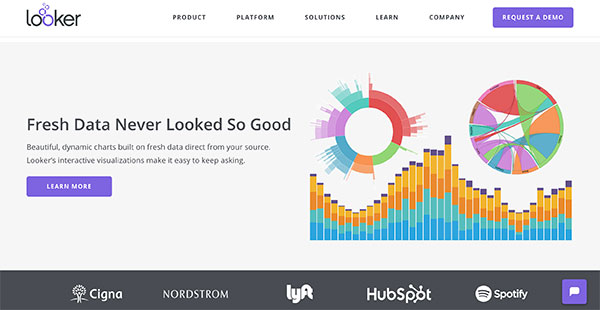According to the 2015 State of Small Business Report, nearly half of the 1,088 business owners and executives surveyed said their confidence in the economy had increased since the same time last year. Furthermore, 57 percent anticipated revenue growth for their companies in the coming year.
For that growth to take place, however, business owners need to think strategically about the budget they have in place: How can they most effectively use their employees’ time and skills to properly run an organization and attract new customers, to allow for explosive growth?
Below are three tools to help businesses capitalize on current customers and employees, while simultaneously building out their clientele and employee base.
1. Customer relationship management (CRM)
As businesses grow and expand, it’s crucial to keep track of the interactions you have with customers to spot patterns, identify trends and keep clients happy. Implementing CRM software allows businesses greater access to customer data, improves interaction tracking and, overall, provides better customer management. Despite the advantages of keeping customer information up to date, 71 percent of business owners surveyed in the Report said they did not use a CRM system but that finding a system that works for them was a top priority this year.
Key reasons a CRM system is an important business asset include:
It maximizes financial opportunities by building relationships.
It allows businesses access to customer information.
It manages sales pipelines.
It manages sales representatives.
It analyzes performance and business metrics for spotting patterns and trends.
2. Business intelligence tools
Small business owners need as much insight from data as they can grasp. Sure, spreadsheets are enough in the beginning to enter data and analyze for “big picture” solutions, but, as the company grows, so does the amount of data, and it’s no longer possible to understand the scope of information and make smart decisions about new opportunities or investments that support further growth. That’s where business intelligence (BI) tools greatly improve management of an organization.
What is business intelligence? It is data gleaned from a combination of architectures, applications and databases. It enables the real-time, interactive access, analysis and manipulation of information, which provides the business community with easy access to business data. By offering this valuable insight, BI helps decision-makers make informed choices and supplies end-users with critical business data about their customers or partners, including behaviors and trends.
These tools will meet a variety of your business needs, from managing inventory to analyzing past and current performance metrics; in turn, managers can make more informed decisions because they can see trends and predict challenges based on patterns. BI also makes it easy to share information across your organization, which is crucial as the company grows and everyone needs to stay up to date on information. BI also eliminates errors made when employees manually input data.
Small businesses that don’t use BI tools can still gather the information needed to make smart analysis, but all that effort drains a lot of manpower -- something a small business can’t afford to waste. BI tools quickly generate reports for employees to study, resulting in a faster and more informed decision-making process.
3. E-mail marketing
Email marketing is not a new concept; however, it remains an extremely important tool for companies on the fast-growth path. According to the Small Business report, 56 percent of small businesses plan to invest less than 3 percent of revenues on marketing. This is a low percentage, considering that most marketing experts recommend spending 10 to 20 percent of revenues on marketing.
Luckily, 46 percent of those surveyed said their companies already used email marketing, which according to the Direct Marketing Association, brings businesses $40 for every $1 spent. By simply sending an email newsletter, you will update customers about promotions or daily deals or just share information that builds credibility. Email marketing allows companies to increase brand recognition, bring in new income streams and attract new clients while growing their networks. The best part about email marketing? It’s inexpensive and easy to set up. Companies lose nothing and gain a lot in return.
The above three tools are simple enough that many businesses may overlook their importance. If you are looking to grow your business this year, don’t underestimate the value in sharing up-to-date information within your organization and with your customers. Doing so will allow your business to run more efficiently and open the door to explosive growth and success.
This article first appeared on Entrepreneur and was written by Brian Sutter and can be found here.




































